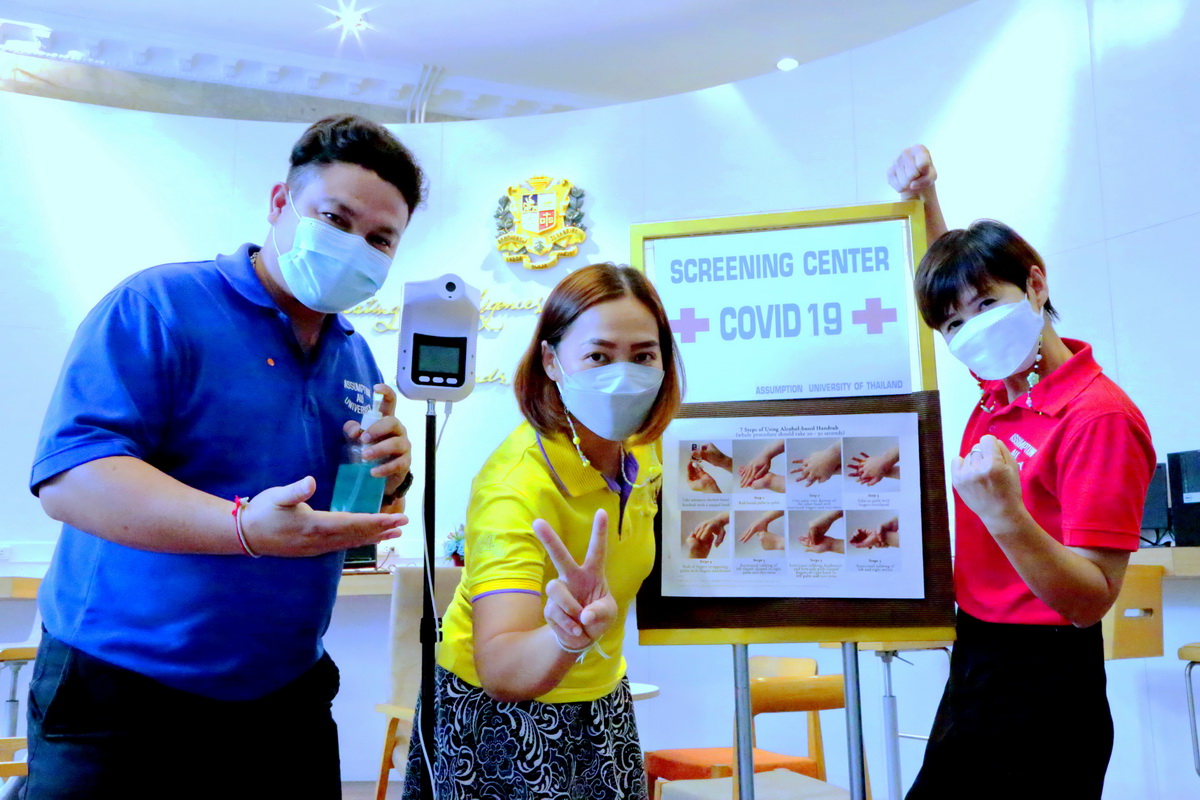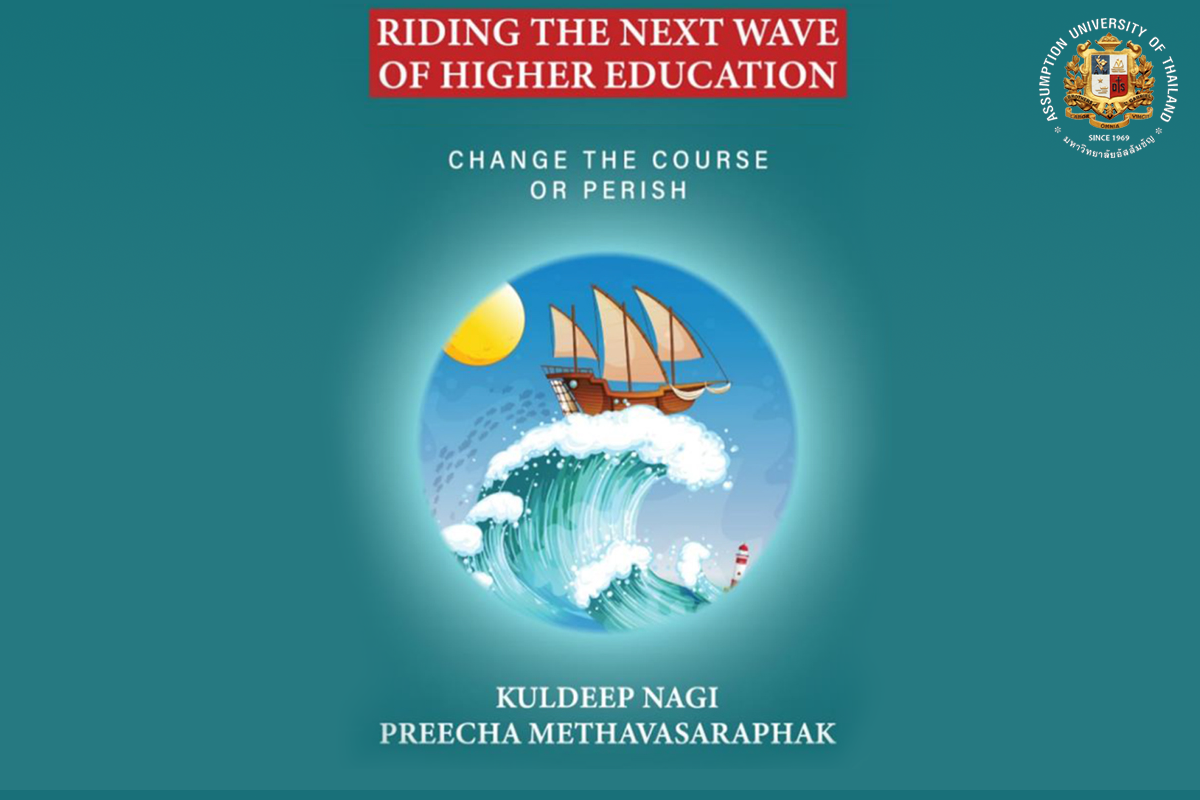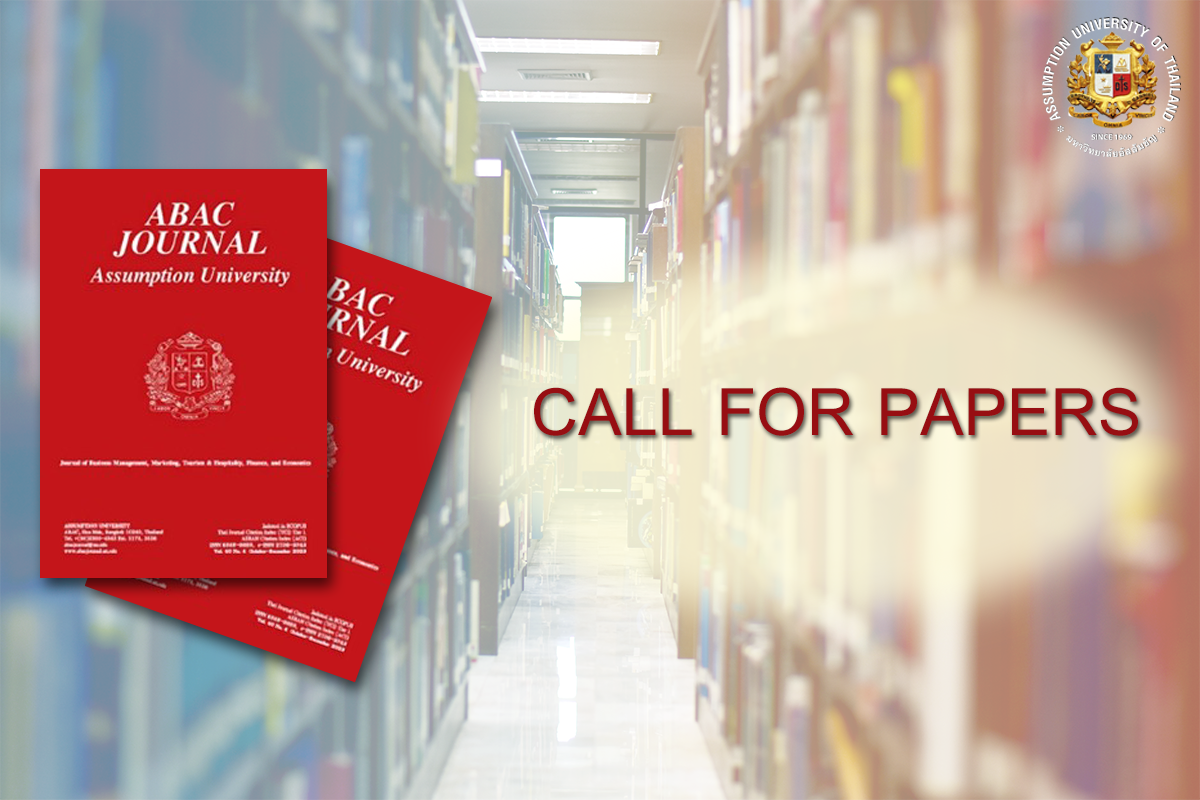WRITER: CHITTIPA NGAMKROECKJOTI, CHAVALEE BOONTO, ALEX BRYAN LANE, PHATTEERA YEAMWANITCHANAN, SIRIYA TIPJARIYAUDOM & IBM STUDENTS UNDER THE MBA FAST TRACK STUDENTS CLASS 3-2022
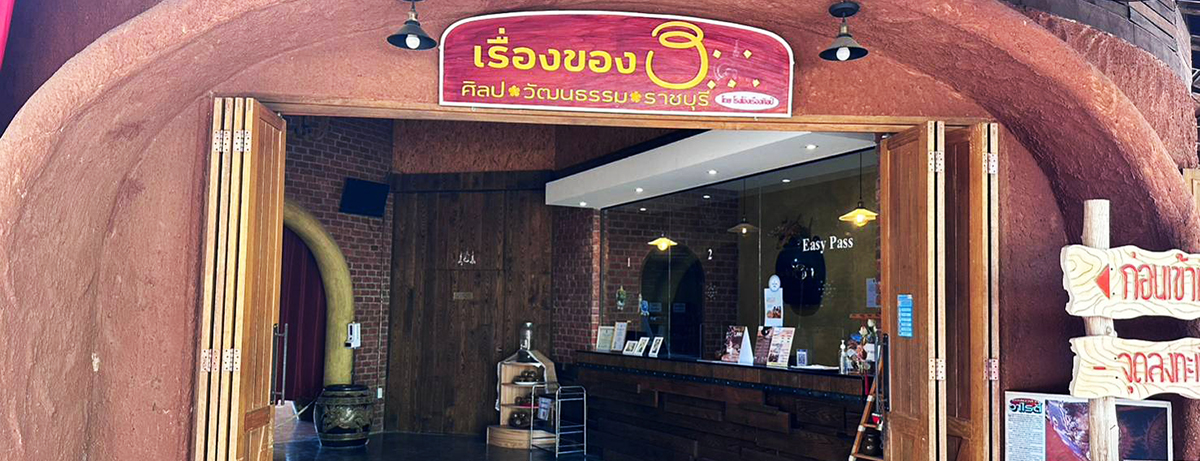
Introduction
Welcome to Ratchaburi! A province in Thailand with a fascinating tale to tell! What sets this place apart from other provinces is its remarkable artisan works of ancient potters who created the first humble water jars on a potter’s wheel many decades ago, which is now a famous trademark of the province. Situated just 100 kilometers out of Bangkok to the west, Ratchaburi is legendarily known as the “City of Water Jars.” The second base of Pottery Jar especially dragon pattern’s history is from Chanthaburi province recently researched by Songsiri in 2022. The most famous and sought-after designs are the water jars that feature the mythical “Naga” or dragon.
Pottery Legend is a family run business inherited over the generations and keeps true to the traditions and culture of how pottery was made over time. They use a new and intriguing approach to get people excited about pottery. They offer lots of fun activities, like workshops where you can make your own sculptures and learn about the history of pottery-making. They are very helpful and guide you to let you draw your own designs on the pottery.
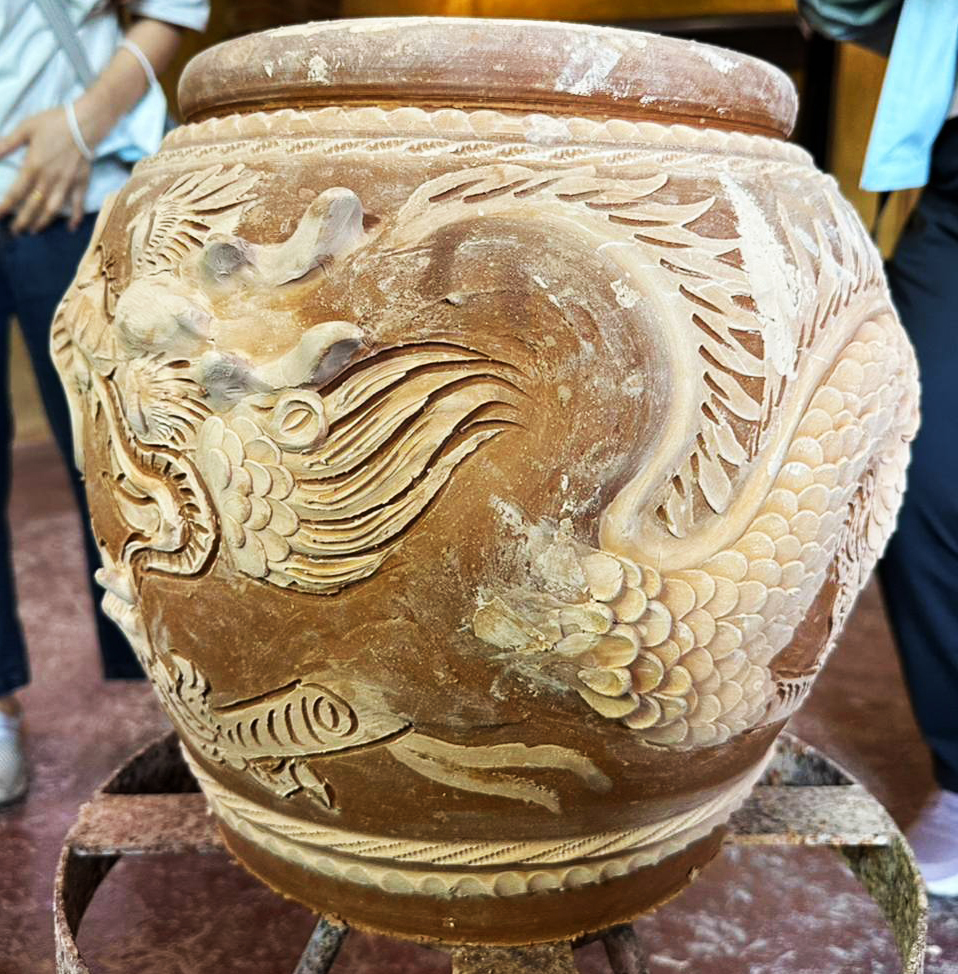
Pottery Legend has an abundance of amazing antique pottery that they've imported from all over Asia over the past 40 years. You can take some sweet photos with these pieces and have a blast playing games with your family and friends, all for free! There are also shops where you can buy souvenirs, cafes, restaurants, and even some unique hybrid foods that you won't find anywhere else. Overall, Pottery Legend is a super fun and unique experience that you won't want to miss if you're in the area.
Re-Building and Re-Growth
Unfortunately, the pandemic and inconsistent government policies have slowed down the growth of small businesses like Pottery Legend. This is unfortunate because there are so many people on social media who would love to experience it. There are over 58 million people in Thailand who use social media every month and the attention base is waiting ready to be tapped. People are eager and enthusiastic to visit interesting places just like Pottery Legend, especially since all travel restrictions have been lifted.
One thing that could make the pottery business even better is if they had more English language guides to help foreign guests. This would make them feel more welcome and have an even better experience.
Overall, the government is trying to boost the Thai economy by promoting creative businesses like this one. But in order to do that, they need to work together with everyone involved. That way, they can make sure that unique cultural experiences like this pottery business can be preserved for future generations and continue to grow and shine!
Creative Economy Concept
The Creative Economy concept is all about the intersection of human creativity with intellectual property, knowledge, and technology. John Howkin, a British individual, initially introduced this idea in 2001. The Creative Economy is established upon the creative industries, which include fields, such as publishing, R&D, software, computer games, electronic publishing, TV/radio, architecture, arts & crafts, design, fashion, film, video, photography, music, and performing arts.
Pottery Legend is a unique and distinctive Art & Culture center in Thailand. It's an excellent example of a creative industry that creates cultural and economic value. By producing high-quality pottery, Pottery Legend has created a whole cultural district that merges traditional arts, crafts, and commercial activity in one place. This sets it apart from the other forty competitors located in the same province.
Pratt, in 2014, described the three stages of creative economy development. So, Pottery Legend might just be the starting point of a more significant and exciting creative economy.

Middle Age Stage
The middle age stage of the creative economy is marked by a transition from initial political and policy enthusiasm to a more deliberate and inclusive approach. While political support is important, there is a lack of evidence across many disciplines, making it challenging and costly to develop effective policies. Countries in Asia and Latin America are taking the lead in this area, but the key challenge is building local capacity for data collection, analysis, and policymaking. This is particularly important given the unique labor styles and organizational structures of the creative economy, which make generic industrial programs ineffective.
Maturity Stage
In the maturity stage, the creative economy is shaped by a variety of factors, including industry, government policy, and society as a whole. Looking ahead to the next decade, it will be crucial to understand how creative output fits into the larger context of other industries and society as a whole. Building a solid foundation of knowledge around creative economy processes is essential for effective policymaking. As the middle class in India and China continues to grow, these countries will have a major influence on global cultural production and consumption.
However, the creative economy still faces significant challenges in terms of employment, particularly with regards to issues of discrimination based on factors such as class, gender, age, and race. Understanding the complex web of relationships between official, informal, for-profit, non-profit, cultural, and economic aspects of the creative economy can be difficult. Yet, this sector serves as an important indicator of the overall health of the economy. Currently, the creative economy ranks in the middle among all industries in terms of jobs, incomes, and innovation. The battle for success in this field will ultimately be won by those with expertise in the creative economy.
Creative Economy Challenge
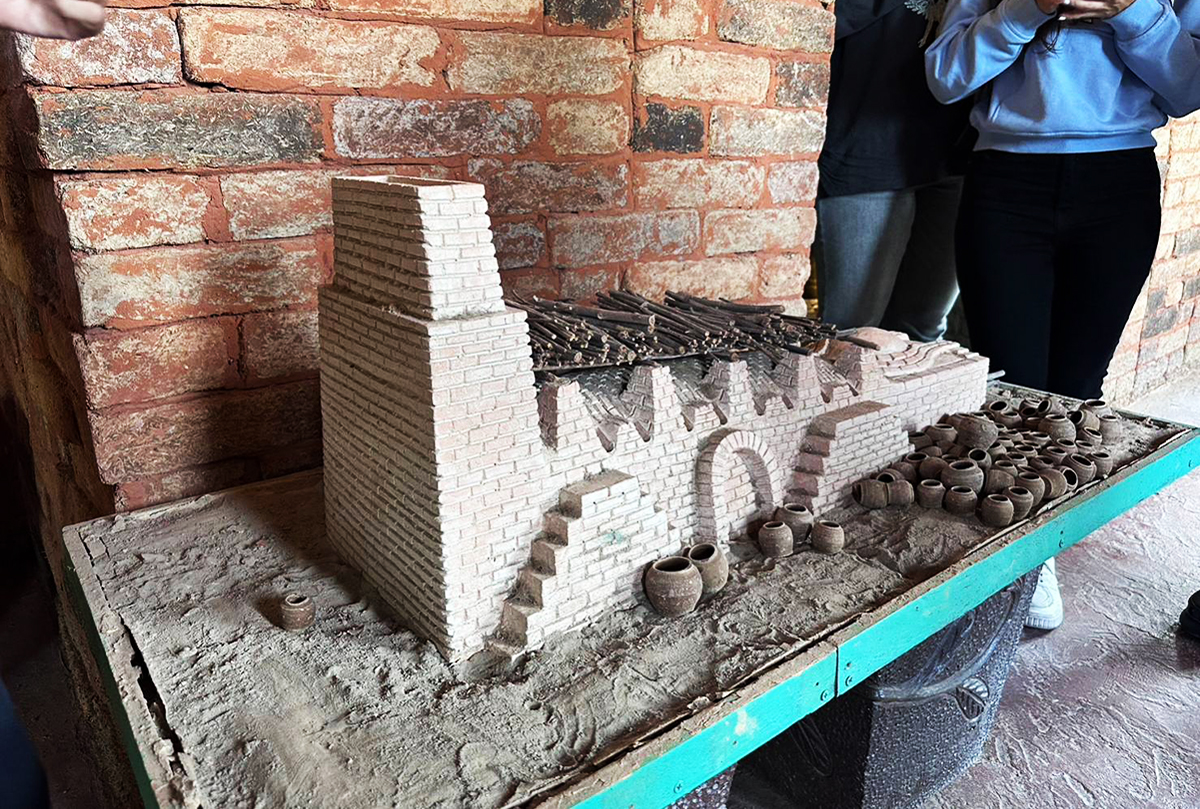
Pottery Legend faced a daunting task in their quest for growth and elevating the travel experience for their visitors. The challenge was to secure foreign-speaking tour guides, particularly those who can speak English and Chinese fluently. These guides are the key to attracting foreign tourists and serve as a major pulling factor. They must have a deep understanding of the rigid history and present-day information about the pottery that has been around for more than a century.
As these national historical attractions are highly sensitive and profound, it is crucial to convey accurate information to foreign tourists. Hence, their ability to select the right words and phrases will represent the richness of Thai culture. Through public-private partnerships or collaboration with Sub-district Administrative Organization (SAO) and Small and Medium Enterprises (SMEs) like Pottery Legend, the pottery can become Ratchaburi's most sought-after tourist destination, leading to a flourishing creative economy.
Micro-Resilience
Micro-Resilience refers to the small yet impactful actions that can be taken by Thai SMEs to boost their growth and success (redefined by the first author). Rather than waiting for a crisis to occur, SMEs’ focus should be on making small, consistent adjustments that enhance resilience in the long run. Even though SMEs make up a smaller part of the Thai economy, their creative contributions should not be overlooked. Over the past five decades, Thai SMEs have continuously evolved and developed, and it's important to recognize and support their potential for further growth. With the right resources and mindset, Thai SMEs can unlock their full potential and contribute even more to the country's economic success.
From Micro-resilience to an Implementation of Creative Economy

The Creative Economy is the ultimate opportunity for everyone to use their knowledge, skills, and creativity to build a meaningful career and contribute to society. Unfortunately, not everyone has access to this world of possibilities, especially SMEs in the art and culture sector. But fear not, we have implemented environmental scanning to help these small businesses tap into the Creative Economy and thrive.
Collaboration is key, and we're bringing together the government, private sector, and SMEs to create exciting projects that promote art and culture. We want everyone to know about the amazing work these SMEs are doing!
We're also developing personnel, resources, and places that will be ready for both Thai and foreign tourists. That means English-speaking tour guides, top-notch workshops, and much more. The sky's the limit, and we should all be committed to making the Creative Economy accessible to all.
Pottery Legend Promotes the Creative Economy
Promoting and marketing for any business is not for simple. It takes creativity, persistence, and a strong bond with the local community to make it a success. With the right approach, we can put this attraction on the map and attract visitors from all over.
- Fostering Creative Collaborations: By encouraging collaborations among local artists, designers, and other creative professionals, Pottery Legend can benefit from fresh ideas and innovative approaches to design, marketing, and promotion. This can help create unique and unforgettable experiences for visitors.
- Hosting Events and Exhibitions: By hosting exhibitions, performances, and other events at Pottery Legend, a wider audience can be attracted and buzz can be generated in the community. This can include showcasing the work of local artists and designers, as well as featuring cultural or historical events related to the attraction.
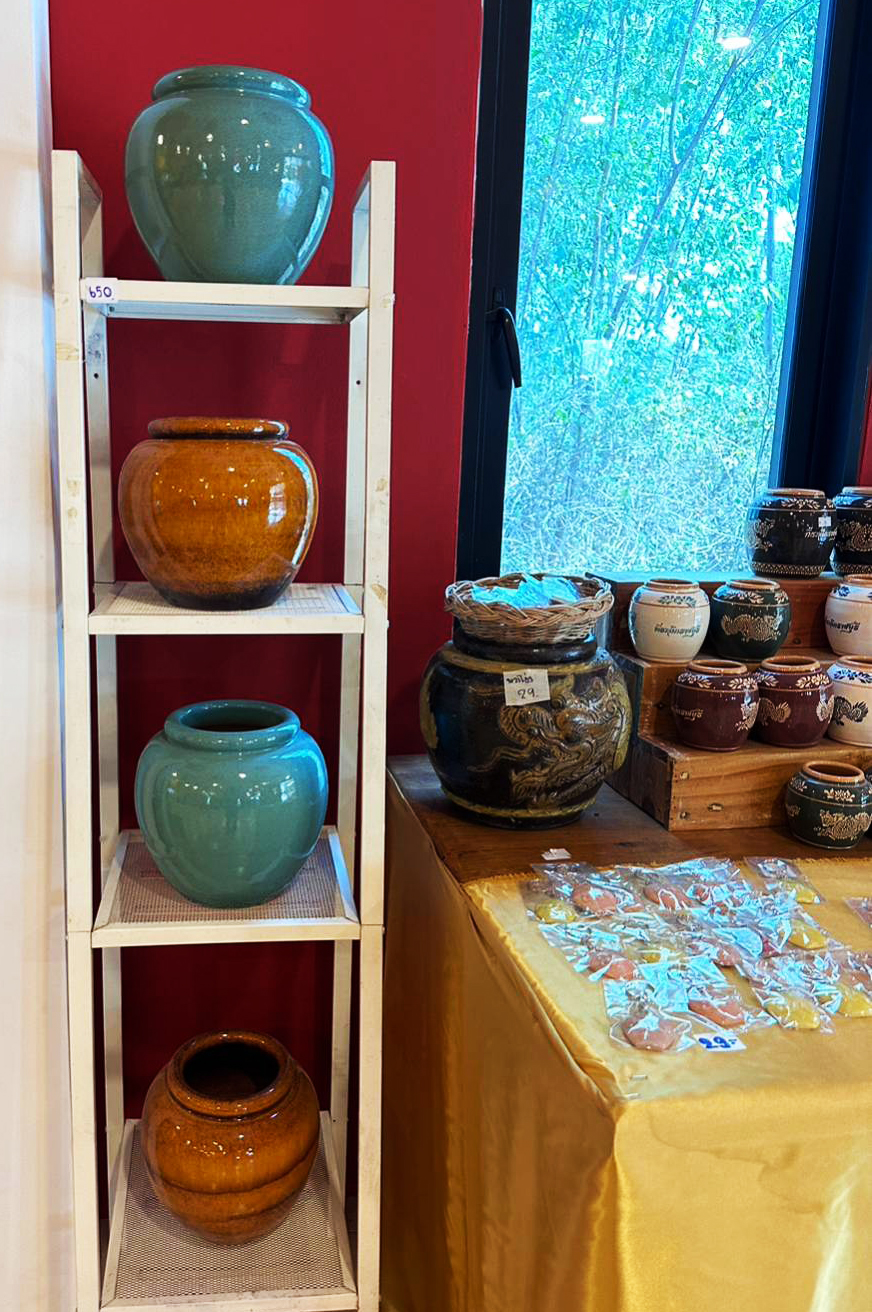
- Promoting Cultural Tourism: Pottery Legend can serve as a hub for cultural tourism, highlighting the local heritage, customs, and traditions. By promoting cultural tourism, local attractions can foster a deeper connection with the local community and attract visitors who are interested in learning about the culture and history of the area.
- Creating Immersive Experiences: By integrating art, design, and other creative elements into the visitor experience, Pottery Legend can create immersive and engaging experiences that visitors will remember long after their visit. These are, for example interactive exhibits, creative installations, and other innovative approaches to visitor engagement.
- Encouraging Entrepreneurship: By promoting entrepreneurship and innovation in the creative sector, Pottery Legend can attract creative professionals and entrepreneurs who can help drive growth and innovation in the local economy.
References:
Creative Economy Programme. (n.d.). Unctad.
https://unctad.org/topic/trade-analysis/creative-economy-programme
Creative Industry for a Resilient Economy. (2021, October 4). Bangkok Post.
https://www.bangkokpost.com/business/2190991/creative-industry-for-a-resilient-economy
Micro-resilience. (n.d.). Bonnie St. John. https://rb.gy/mxgsl3
Pan, P. (2018). Discover ancient earthen jars at Pottery Legend Ratchaburi. Pinoy Thaiyo.
https://pinoythaiyo.com/2018/07/11/discover-ancient-earthen-jars-at-pottery-legend-ratchaburi/
Pratt, A. C. (n.d.). New and changing dynamics › What is the creative economy? British Council.
https://creativeconomy.britishcouncil.org/guide/three-stages-life-creative-economy/
Pravda, U. (n.d.). The Creative Economy in Europe: 5 Steps to Rise. Culture & Creativity.
https://www.culturepartnership.eu/en/article/creative-economy-steps-to-rise
Ratchaburi Travel Guide – All You Need to Know. Best Tips & Advice. (n.d.). Asia Travel Addict.
https://asiatraveladdict.com/home-destinations/thailand/thailand-go-places/thailand-rachaburi-2/
Shallow breathing of dragon pot makers in Ratchaburi. (2019, December 2). Thai PBS Workd.
https://www.thaipbsworld.com/shallow-breathing-of-dragon-pot-makers-in-ratchaburi/
Songsiri, W. (2022). On the Burapha Region: Cultural landscape, archaeology and social history base on natural
resources on the Eastern Seaborad. Lek-Prapai Viriyaphant Foundation. (translated into English by
Dr. Walailuck Songsiri)
The extraordinary water jars of Pottery Legend in Ratchaburi. (n.d.). Gpendrageon.
https://pointblankcritique.wordpress.com/2018/07/29/the-extraordinary-water-jars-of-pottery-legend-in-
ratchaburi/
เรื่องของโอ่ง Pottery Legend. (n.d.). https://www.facebook.com/PotteryLegend/
เรื่องของโอ่ง ราชบุรี. (n.d.). Paiduaykan. https://rb.gy/c3aebl
Author ContributionsConceptualization, C.N., methodology, C.N., resources, C.N. and S.T., and P.Y., writing – original draft preparation, C.N., S.T., writing – review and editing, C.N., C.B., S.T., and A.B.L., supervision, C.N. All authors have read and agreed to the published version of the article. C.N. = Chittipa Ngamkroeckjoti (Instructor and First Author) |
